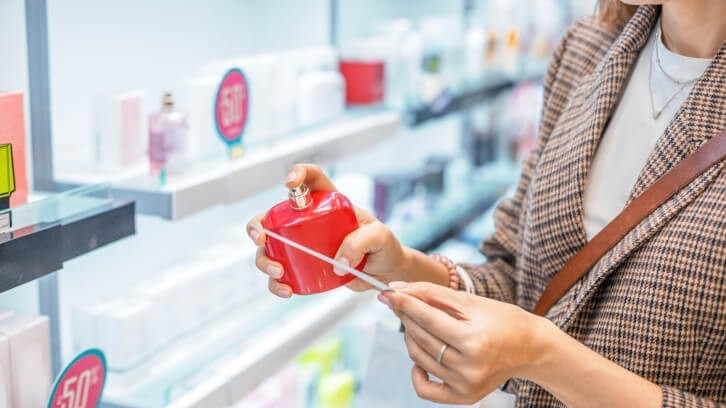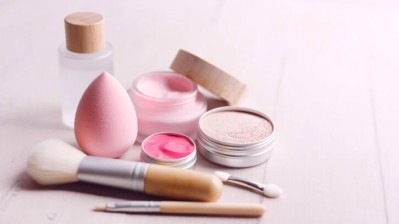Mintel research points to benefits of more creative fragrance sampling

In the crowded fragrance space one of the biggest issues is that consumers find shopping for fragrances overwhelming, simply because of the sea of choice. Mintel’s research points to the fact that, daunted by too much choice, consumers will often resort to tried and tested favorites, rather than making the jump to discover something new.
While fragrance players have made significant inroads to develop more amenable sampling and discovery - including the introduction of multisensory elements, as well as fragrance-finders - hesitation to buy fragrances online without first smelling them still exists.
Make fragrance discovery easier and inexpensive
To overcome this, Mintel’s Senior Beauty and Personal Care Analyst, Clare Hennigan, believes the answer to this problem is to renovate the process of perfume discovery with an emphasis on making it low cost and more amenable.
“Roughly 30% of fragrance users in the US say they would not buy a fragrance they haven't smelled in person, underscoring the challenges of online selling and/or having limited retail distribution,” Hennigan explains.
“While several online specialty retailers and brands offer sample size fragrances for purchase, it is a less-convenient shopping experience for the consumer - as opposed to in-store sampling/mainstream online retailers offering samples for/with purchase.”
Furthermore, the act of charging for samples motivates consumers to be more selective with their choices – meaning brands are missing out on impulse purchases and organic discovery. To stand out in the competitive landscape, fragrance brands can encourage spontaneous fragrance discovery by offering more low/no cost ways to sample products.”
To really pinpoint the key elements of fragrance discovery, Hennigan believes brands need to look both to the past, to get an idea of how brands have traditionally succeeded, as well as taking a look at how the latest sampling innovations are engaging consumers right now.
Brands can look to the past for new inspiration. Mintel data from 2012 showed that over a quarter of fragrance wearers learned about the last fragrance they bought by smelling it in a magazine sample. Magazines offered consumers an easy and affordable way to try new scents,” said Hennigan.
“However, new fragrance discovery via magazine samples has been impacted by readers’ move to digital formats. Although social media, especially TikTok, has created opportunities for key players to expand reach and generate awareness, visibility on its own is not enough to convince most consumers to purchase a full-sized fragrance without smelling it first. “
Step into the gap left by magazine sampling
While card samples in magazines were once an easy and inexpensive way to discover new fragrances, Hennigan believes that this method can be revived with a new approach to engaging consumers through partnerships in a range of other physical locations.
“Key players can fill the magazine void by offering similarly easy and affordable ways to smell products. For example, brands can take cues from the cosmetics space and offer fragrance "cards" or booklets containing various scents on paper. Brands can meet consumers where they are by exploring opportunities to partner with hotels, restaurants and airlines as a way to build awareness at a minimal cost to the consumer.”
One example of this is the Ritz-Carlton’s partnership with fragrance player Dyptique, a move that saw the luxury French fragrance player launch a special edition gift set to celebrate the collaboration, ultimately creating an exclusive and highly distinctive space for the brand. The gift boxes were available at pop up shops in Ritz-Carlton locations worldwide.
Traditional beauty retailers should not be overlooked
The post-pandemic return to brick and mortar retail outlets also means that these types of fragrance retailers are, once again, able to play their part in scent discovery, something that could also work well with the new digital sampling technologies.
“Beauty retailers can encourage in-store sampling or perfume ‘try-on’ by looking at fashion retail concepts. For example, Flannels in the UK offers digital beauty changing rooms, where visitors are able to test and trial products privately. A similar concept could be applied to fragrance retail – allowing shoppers to select fragrances to try on from a digital menu, after providing personal information to prevent theft – something that could work well with a loyalty rewards account.”
Ultimately, Mintel’s research points to the need for fragrance brands to step into the gap left by the demise of magazines with creative and more engaging means of reaching consumers in physical spaces, while not forgetting that brick and mortar retail spaces still offer plenty of opportunity for fragrance discovery.


















